How to View Windows Crash and Error Logs

Are you facing Windows 10 crash issues lately? Read this article on how to view the Windows 10 crash log. With this information, you should be able to figure out what the problem is.
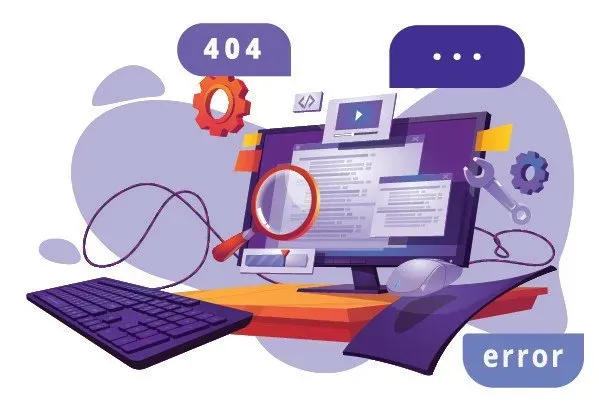
Windows 10 computers often crash or freeze. Windows 10 then creates a crash log that you can use to analyze and fix the cause. If you don’t know how to check Windows 10 crash logs, congratulations, you’ve come to the right place!
What are Windows crash logs?
The operating system creates a crash log entry when your hardware or software crashes, hangs, or freezes so you can determine the cause of the crash. Windows Event Viewer contains this log information.
Crash logs are extremely helpful when troubleshooting. They are generated when Windows and Microsoft Office crash, which can give clues as to what caused the crash. We will review and analyze these logs in more detail.
Which operating system crashes the most?
Windows, Linux and Mac are the most widely used operating systems worldwide. Each of them has its pros and cons. A tech geek will tell you that Windows is the operating system most prone to crashes, freezes, and freezes.
What is causing my computer to crash?
Computer malfunctions can be caused by a variety of reasons, including hardware failures and OS malfunctions. Hardware bugs are less common but can be more devastating.
Here we have compiled a list of issues that can cause your system to crash or freeze:
- Bad drivers. Another major cause of Windows crashes are faulty drivers. Using the wrong driver can cause system crashes and virus infiltration.
- Hard disk failure. An unreliable hard drive can crash Windows. A failed hard drive prevents Windows from opening files and all of your computer’s data will also be affected.
- RAM failure: If the RAM is configured incorrectly, Windows will not be able to read data from the memory. RAM failure can cause Windows to crash or freeze when trying to recover data from memory.
- Processor overheating. Overheating can cause various system components to malfunction, causing Windows to crash or freeze. Processors, RAM chips, video cards and other electronic components are heat-resistant.
- Corrupt third-party software: Third-party software can also cause your Windows computer to crash.
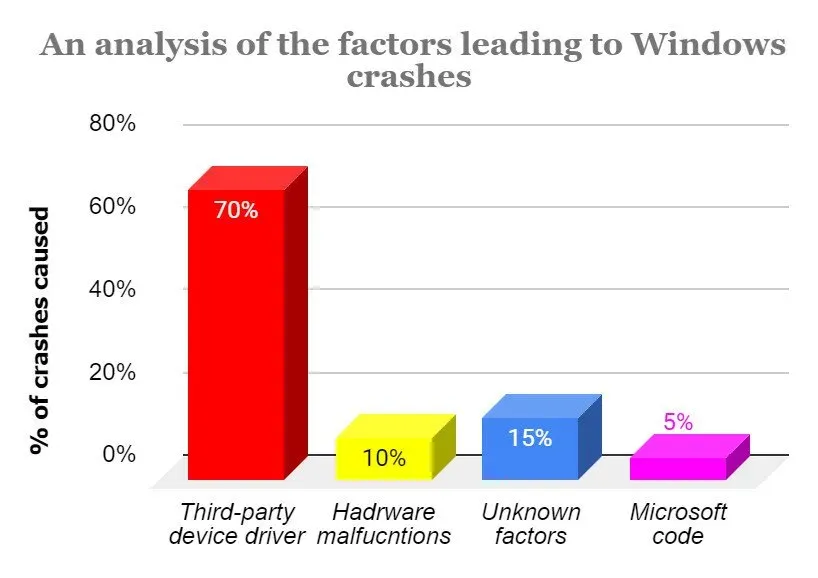
Windows crashes are hard to diagnose. You can find out what’s going on with your crash logs by reading this article instead of relying on tips that might not work. The following sections describe different approaches to viewing Windows crash logs. Now let’s get started!
Where can I find Windows 10 error logs?
It’s hard to find mistakes and fix them. Try this to find out what’s wrong and how to fix it instead of wasting time and energy on unproductive methods:
- Event Viewer
- Create custom view
- Reliable motor
- Memory dump files
- Third party software
- PowerShell
1. Find error logs in Windows 10 using Event Viewer
Windows Event Viewer is a built-in tool that allows you to view event logs on your computer. This captured information can be errors, warnings, success audits, alerts, notifications, and failure audits. Your computer will benefit from this in many ways:
- You can monitor messages sent and received by your applications and systems.
- Viewing a computer crash is possible using the Event Viewer.
You can find errors in the Event Viewer by doing the following:
- Type Event Viewer in the Windows 10 Cortana search box and select Event Viewer. After that, the main interface of the event viewer will appear.

- An overview of administrative events will be presented, including different types of events. Recent bugs will be listed here.
- Click on Windows Logs. Here you can find Windows 10 crash logs like blue screen errors.
- Select System under Windows Logs.
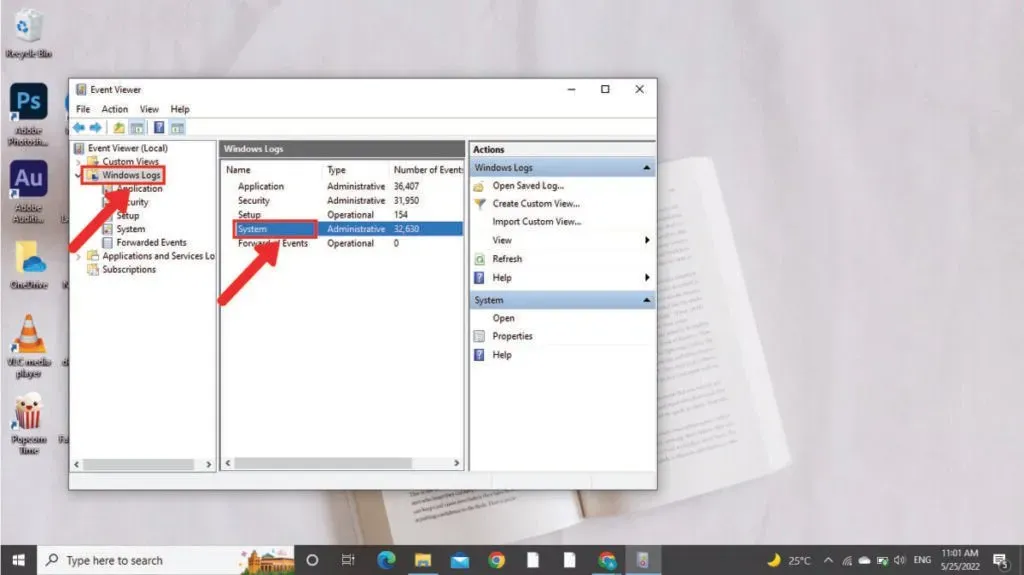
- Find and click on the error in the event list. Details of the failure can be seen at the bottom of the window, such as when the error occurred, event ID, task category, and source.
- Clearing a log entry is as simple as selecting an event and the Clear Log option.
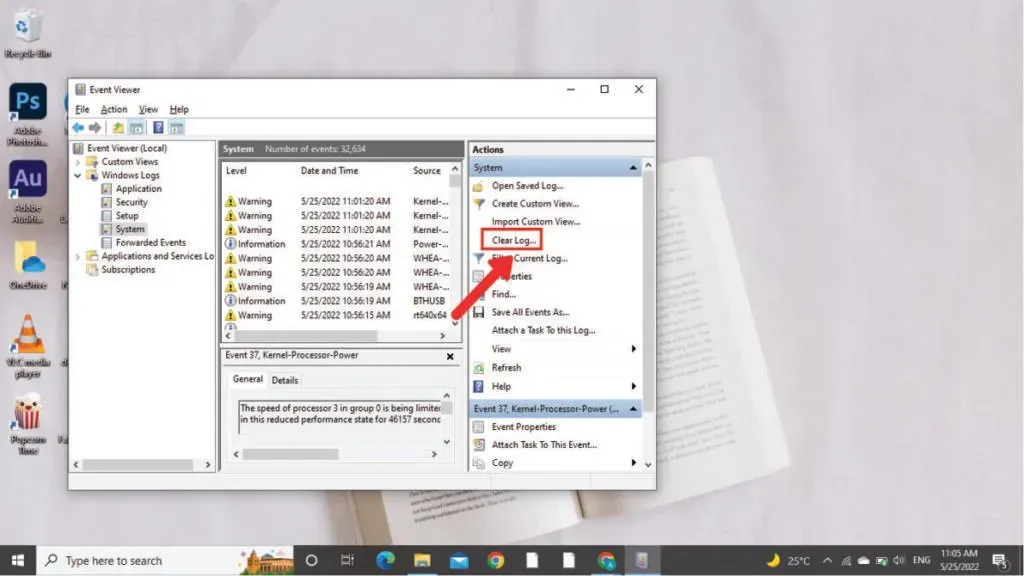
2. Find error logs in Windows 10 by creating a custom view
Creating custom views can help you view crash logs faster. This process starts with the same steps as the previous one. However, the next steps are different. To create your own view, follow these steps:
- In the right window, click “Create Custom View”. Clicking “Create Custom View”opens another window.

- You can select the time range you want to view. Check the following boxes in the Event Levels section: Critical, Warning, and Error.
- Select the By log option. Finally, select “Application”, “Security”, and “System”from the drop-down menu next to “Event Logs”.

- When you’re done, click OK to save your changes.
- Select a name for this custom view and then click OK to start viewing the Windows 10 crash log.
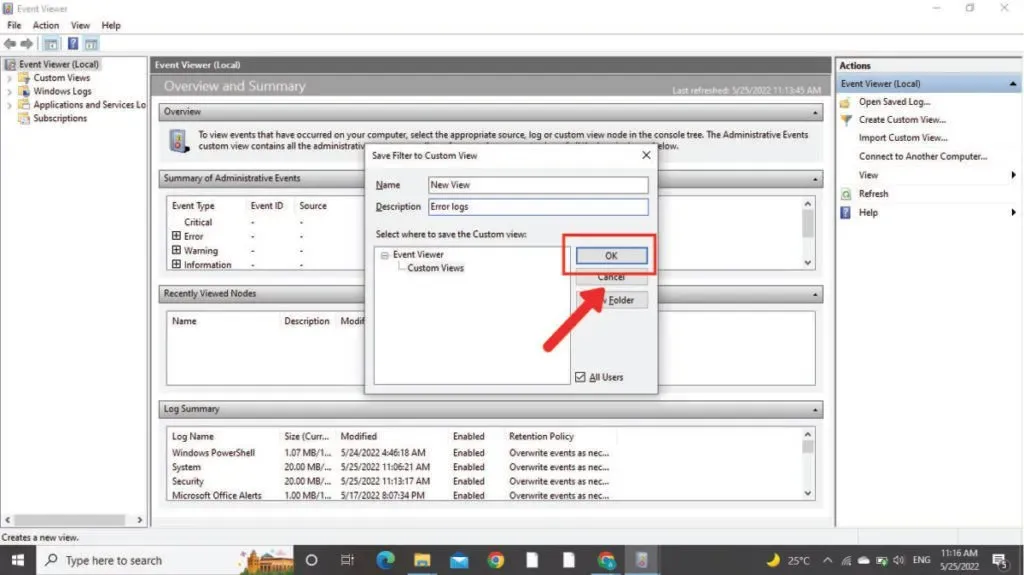
- You can then view all crash logs for Windows 10 for the selected time period.
3. Find error logs in Windows 10 using Reliability Monitor
Windows 10 has inherited the Reliability Monitor feature introduced in Windows 7. It offers an easy-to-use interface that displays recent apps and system crashes. This feature provides:
- A Look at Your System’s Stability History
- List of critical events, informational events and warnings
- Graphical representation of failure data
It tells you everything you need to know about the reliability and stability of your system. Here is how Reliability Monitor can find Windows 10 crashes and error logs:
- Look for reliability in the Windows search box. From there, click on Reliability History.
- Reliability Monitor will generate crash log reports in a few minutes.

- It is assigned a stability score from 1 to 10. The score changes repeatedly depending on your system.
- You can access all crash logs by clicking View All Issue Reports.
- The Reliability Monitor window is sorted by date, with the latest days displayed on the right. Each column of the Reliability Monitor window displays events for that day.
- Click on any of the day columns to display the crash log and the reliability details appear below. Alternatively, you can double-click on one of the listed events to open a new window with more detailed information.
- If you want to view technical details for an event, click View Technical Details. To exit the problem details window, click OK.

- If you want to view all crash logs, click View All Problem Reports. The Problem Reports screen appears. You can view the details of any alarm event by double-clicking it.
It consists of 5 main categories:
- Application Crashes: These tracks indicate programs unexpectedly closing or unresponsive programs. Their badge is a red cross.
- Windows Crashes: Monitors operating system startup failures, crashes, and driver issues. The red circles indicate these problems.
- Miscellaneous Crashes: Issues not covered by application or Windows crashes. The red circles represent them.
- Warnings. For example, you cannot update Windows. This is indicated by yellow exclamation triangles.
- Info: Successful Windows update e.g. They are represented as blue information icons.
Application crash, Windows crash, and other crashes are critical errors.
The Reliability Monitor is great for determining when major incidents have occurred, seeing what else has happened around those events, and identifying possible causes.
As a side note, Reliability Monitor draws data from the same event logs as the venerable Event Viewer. So if you’re more comfortable using the Event Viewer, you can collect the same information.
4. Find error logs in Windows 10 by memory dump files
A Windows memory dump file can come in handy if your Windows system crashes. Windows flushes memory when a blue screen occurs. The file is useful for recovering data from a failed computer.
Enable memory dumping in case the freezing issue reappears in the future:
- Click Run, type
sysdm.cpland press Enter.
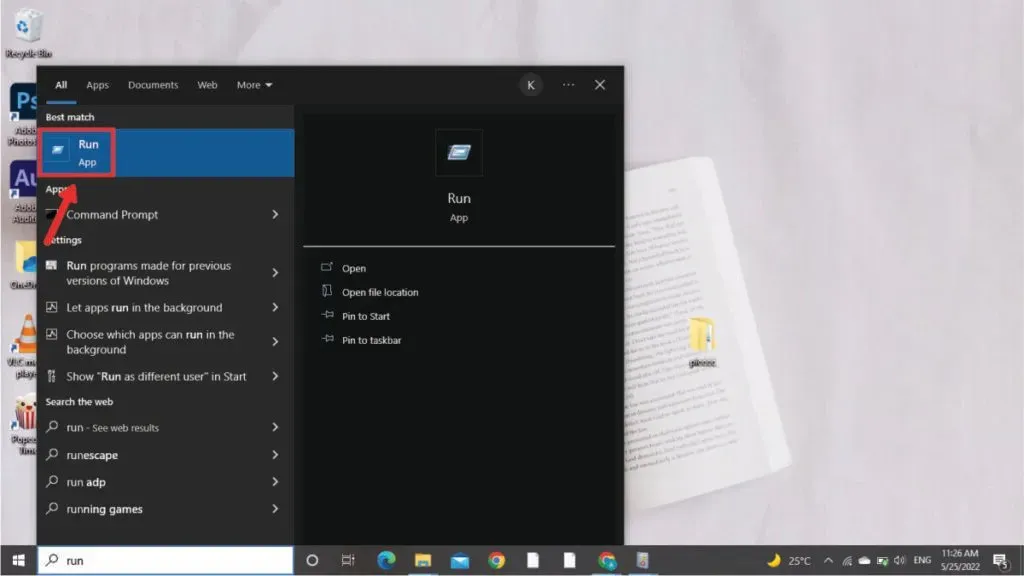
- On the Advanced tab, click.
- Go to “Download and Recovery”> select “Settings”.
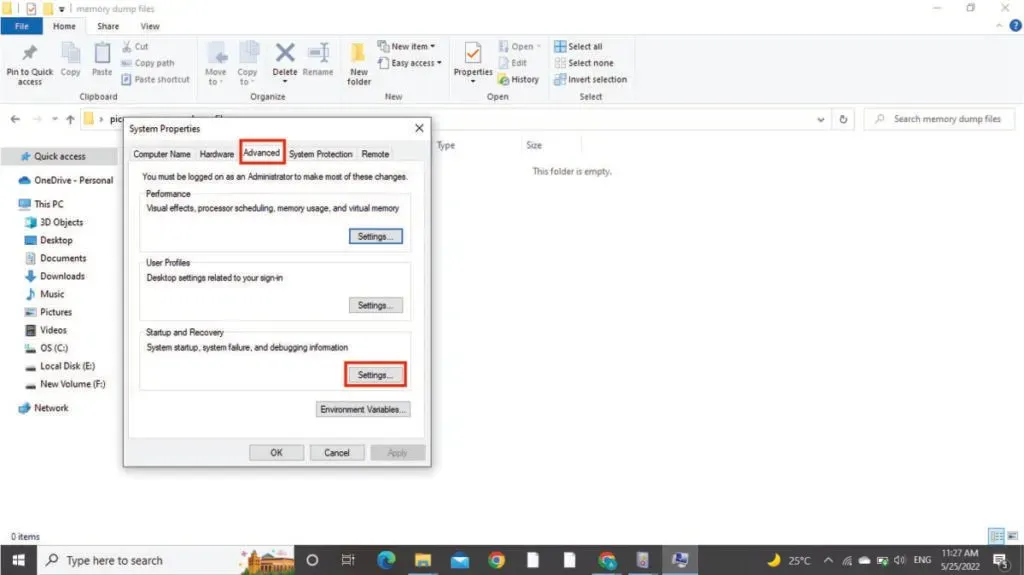
- After that, check the “Log event to system log”checkbox and uncheck “Automatically restart”.
- If you have enough disk space, select “Full Memory Dump”; otherwise, choose Small Memory Dump (256 KB) if you don’t have enough disk space.
- To overwrite an existing file, select Overwrite any existing file and click OK.
Crash information is now available under the path “%SystemRoot%/MEMORY.DMP”.
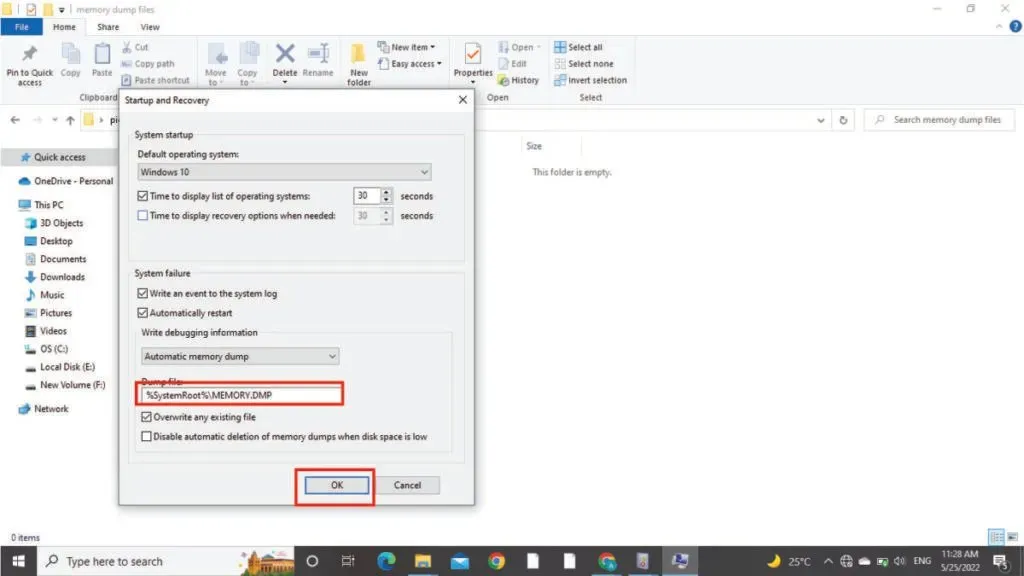
5. Find Error Logs in Windows 10 by Third Party Software
Many third party applications are available for Windows 10/11 event logs. We have compiled a list of a few of the most commonly used Windows 10 event log viewers:
- Event tracker
- Sismon
- Splunk
- Project Lasso
- Logalization
- ADAaudit Plus
6. Find error logs in Windows 10 using PowerShell
Windows PowerShell is a free automation and scripting platform. Scripts created with it can help users perform their tasks more efficiently.
Cmdlets in PowerShell provide many useful functions and commands. One way to view crash logs is through PowerShell. To do this, we will use the “Get-EventLog”command.
Following is the PowerShell method to view the crash log:
- Press Windows + X keys
- Select PowerShell from the list
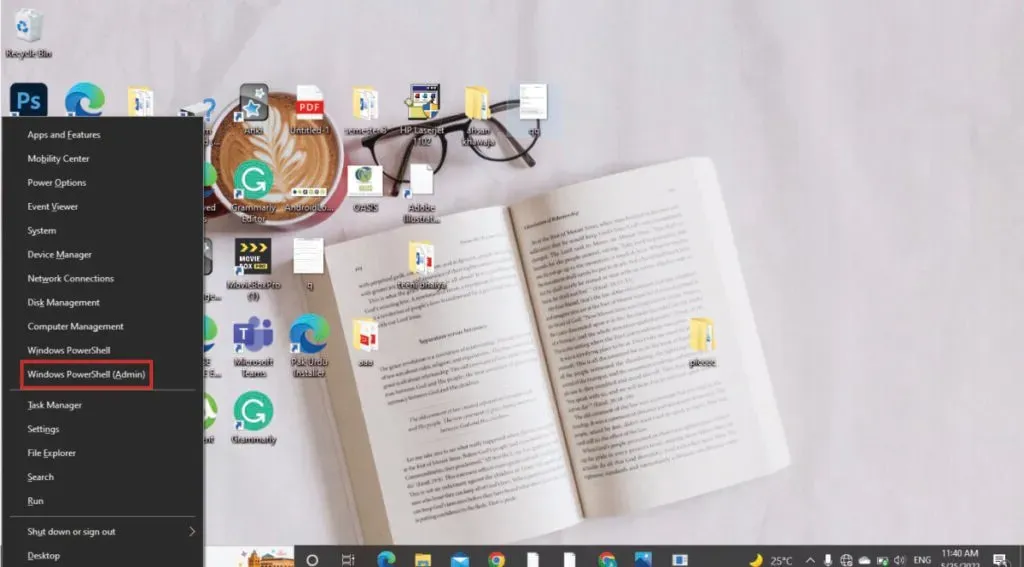
- Just type this into PowerShell and press Enter:
System Get-EventLog-Log | where {$_.entryType -match “Error”}
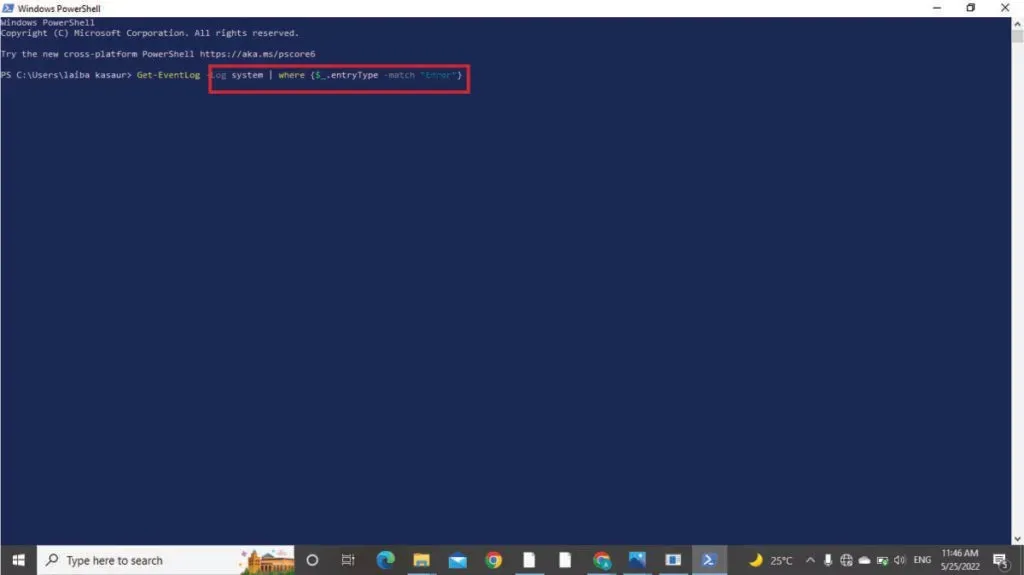
You can run this command to get the entire event log. In addition, you can search the last 30 entries:
Get-EventLog -LogName System -Newest 15 -EntryType Error
Events categorized as Errors can be found in both commands.
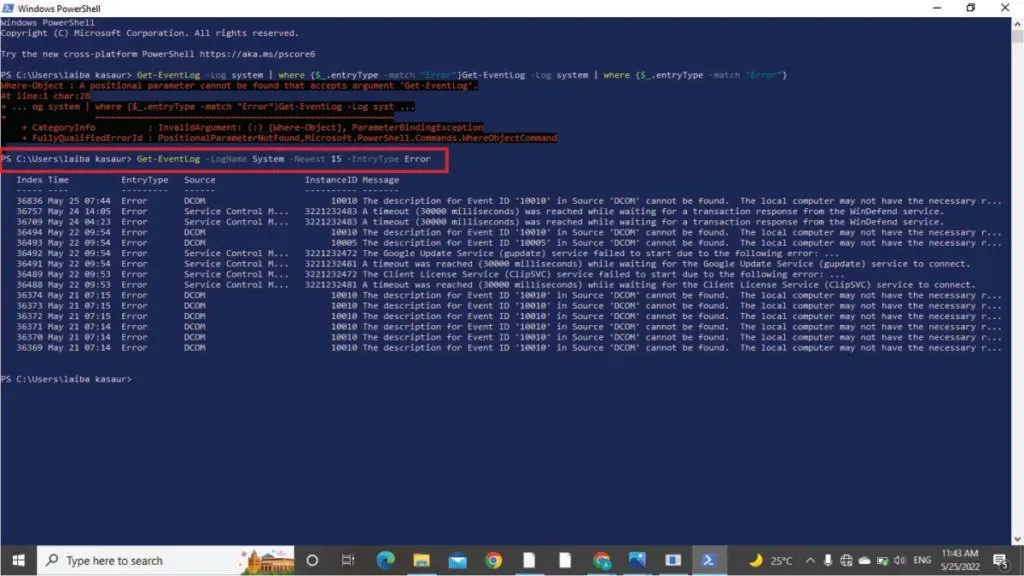
Windows Crash Quick Fixes
Crashes in Windows 10 are a common but annoying problem. Here are a few solutions you can try to solve this problem:
- Disconnect all external devices. To resolve this issue, try disabling all external devices.
- Install the latest drivers. Faulty or outdated drivers can cause Windows 10 to crash. As a result, make sure your device drivers are up to date.
- Virus/Malware Cleanup: Malware infects Windows 10 files, including viruses. In this case, you can check your computer for viruses.
- Run the SFC command: Corrupted system files are interfering with Windows. Thus, running SFC on your computer will be the best solution to fix corrupted system files.
- Use a PC Repair Tool: Professionals usually use this tool to fix Windows crashes. It can fix BSOD as well as other PC errors.
FAQ
What is BSOD?
It stands for Blue Screen of Death. A BSOD occurs when your computer turns blue before crashing. The blue screen error can be caused by hardware or software driver issues.
What are the most common failures in Windows?
Microsoft Windows most often crashes for the following reasons: – Computer shuts down and restarts unexpectedly – Hangs while using an application – Application level crash.
What are the signs of a dying computer?
Computers that frequently experience software failures usually die. Symptoms include slowdowns, freezes, crashes, or error messages.
How do I intentionally crash Windows?
Here are some tips for intentionally crashing your computer: – Double-click the Scroll Lock key while holding down the (right) Ctrl key. In response, Windows 10 will display a BSoD with the message “MANUALLY_INITIATED_CRASH”.
How can I find out why my computer has restarted?
At the bottom of the start menu, type “. eventvwr(without quotes). Review the system logs for the time the reboot occurred. This will let you know why it happened.
How to fix corrupted Windows system files?
The System File Checker (SFC) can repair corrupted system files in Windows: – Run a command prompt as an administrator. – Type sfc /scannowand press Enter – Let the process run its course.
How to find startup problems?
The startup logs are located in: – Event Viewer – Reliability Monitor – Boot Logs.
Leave a Reply